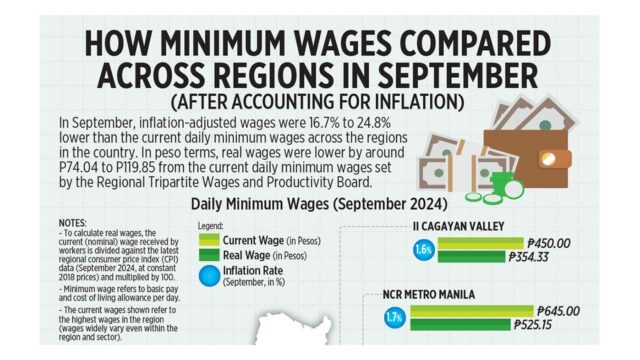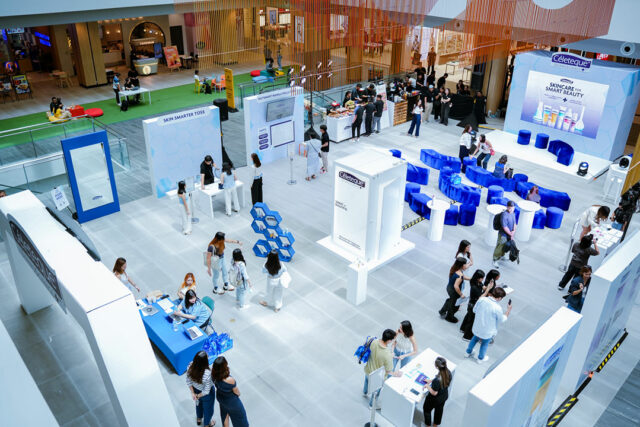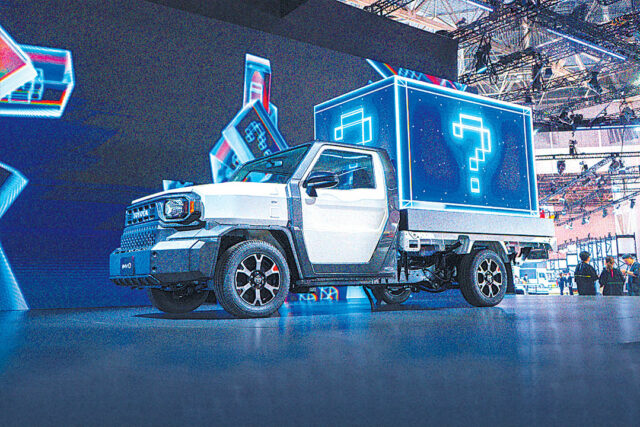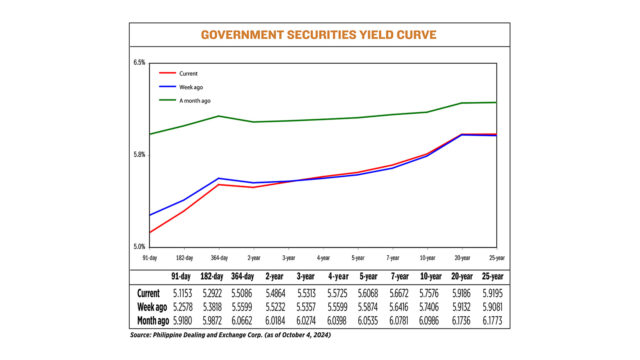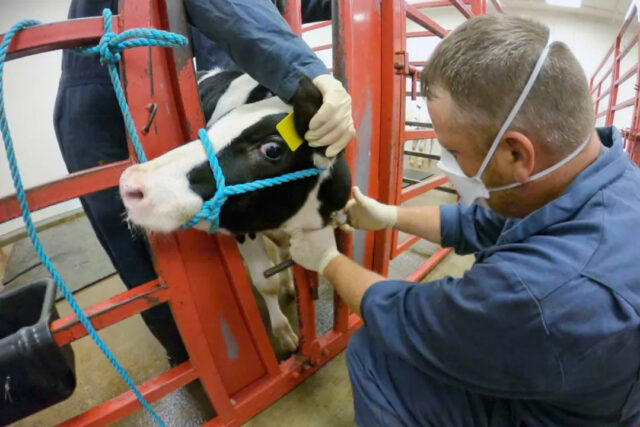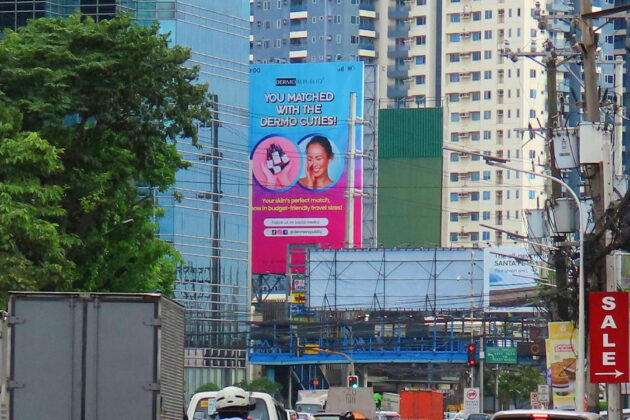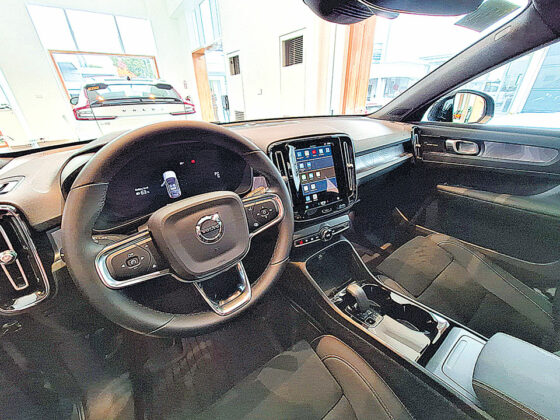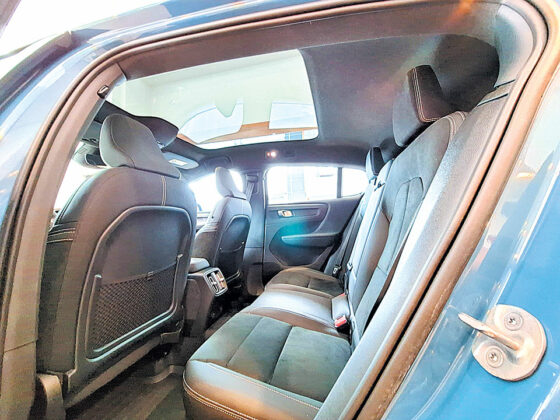“Ibong Adarna” is the oldest and best-known epic poem in Philippine literature. It is about an enchanted bird, the Ibong Adarna, identified as the Philippine trogon (Harpactes ardens) common in the early 19th century, when the epic was written. While the story is believed to have been based on oral folklore before the Spanish colonization (A.D. 1565 to 1898), the first to compose the epic poem was the Tagalog poet José de la Cruz a.k.a. “Huseng Sisiw.”
“Ibong Adarna” is written in the style of the corrido, a narrative metrical tale and poetry that forms a ballad. The songs are often about oppression, history, daily life, love, and heroic deeds. These extol noble values and principles, praising heroes and exposing villains. During the Spanish era, the longer form of the story’s title was “Korrido at Buhay na Pinagdaanan ng Tatlong Prinsipeng Magkakapatid na anak ni Haring Fernando at ni Reyna Valeriana sa Kahariang Berbanya” (“Corrido and Life Lived by the Three Princes, children of King Fernando and Queen Valeriana in the Kingdom of Berbania”). “Ibong Adarna” contains 1,722 stanzas (eight syllables per line, four lines per stanza) — an epic poem or romance that involves the struggles of a heroic character.
The story is about King Fernando, Queen Valeriana, and their three sons: Don Pedro, Diego, and Juan. The King is very ill, and he asks the three princes to find and bring to him the enchanted bird, Ibong Adarna, whose magical healing song will save him. The prince who successfully brings back the bird will inherit the throne.
Is inheriting the throne the driving force for the three sons to risk their life to find the Ibong Adarna and bring the magical bird to their sick father? The saga tells of the efforts and motivation of each son first to find Mount Tabor, where the Tree of Life, “Piedras Platas,” harbors the elusive Ibong Adarna. Obstacles and threats abound, and the princes think out their own strategies and actions.
Don Pedro, the eldest son, sets out first to find and capture the Ibong Adarna because he will not forfeit his priority to the throne. He is portrayed as selfish and contriving, as when he meets a beggar who gives him directions to find the Ibong Adarna, but denies the hungry man a piece of bread. Don Pedro gets to see the Ibong Adarna, but he falls asleep from weariness and the enchanted bird’s song. The Ibong Adarna then poops on Don Pedro and turns him to stone, as if to punish him for his self-centeredness.
Don Diego, the middle son, goes next to get the Ibong Adarna — as he now has an active chance to inherit the throne. He is less selfish and less evil than Don Pedro, perhaps indifferent to whatever happens. He likewise meets the old beggar, and he briefly considers sharing his bread with the hungry man, but ultimately decides not to. He suffers the same fate as Don Pedro, with the singing Ibong Adarna pooping on him and turning him to stone.
Don Juan offers to look for his missing brothers and the Ibong Adarna. He meets the same old man, who gives him directions. In gratitude and compassion, Don Juan gives the hungry beggar all the bread in his knapsack. Don Juan avoids being beguiled by Ibong Adarna’s song, and captures the enchanted bird. He revives his petrified brothers with holy water given by an old hermit.
After the three brothers are rested and recover from the ordeal, the old hermit sends them home and advises them not to betray one another. But Don Pedro and Don Diego immediately betray Don Juan. They beat him up and leave him almost dead on the road. The two then triumphantly return to Berbania and present the Ibong Adarna to their sick father, King Fernando.
But the Ibong Adarna would not sing to heal the King, and the King’s condition worsens. Far away, Don Juan prays to the Blessed Virgin Mary, and a stranger appears to help him recover from his brothers’ mauling. Soon after, he is back home in Berbania, and the Ibong Adarna sings gloriously, healing King Fernando.
It seems like Don Juan will inherit the throne, and Don Pedro will not allow it. As Don Juan sleeps beside the Ibong Adarna’s cage, Don Pedro frees the enchanted bird sending it to the dark skies. Don Juan flees Berbania to look for the Ibong Adarna, to bring it back for King Fernando. Don Pedro and Don Diego are commanded by the King to bring back Don Juan and the Ibong Adarna. Work together to help me, the King says.
Of course, the classic epic story must portray “the Good, the Bad, and the Ugly” as even a modern-day Clint Eastwood bandits-and-the-law movie will show. The saga of betrayals and connivance by the Bad and Ugly (Don Pedro and Don Diego) against the Good (Don Juan) continues in Parts Three to Five of the corrido. The story even borrows from the Biblical story of Joseph, favorite son of Jacob by Rachel, who was betrayed and sold by his 10 half-brothers. Like Joseph, Don Juan is deceived — lowered into a deep, empty well by his evil brothers and left to die.
But, as all epic poems go, the hero will not die — and as for the convoluted trials and ordeals encountered, there will be a “love-interest” for the “happily-ever-after” at the end of the story. That is the romantic “reward”— the affirmation of idealism. In a magical underground kingdom at the bottom of the well, Don Juan meets two beautiful princesses, Maria Juana, and Leonora, prisoners of terrifying beasts. Don Juan signals Don Pedro to raise him and the sisters up from the well. Don Diego and Maria Juana fall in love. Don Pedro loves Leonora, but Leonora loves Don Juan.
The average reader, reading at a speed of 300 WPM, would take 31 minutes to read the “Ibong Adarna” version by poet Virgilio S. Almario.
There is still time for one more twist in the story: Don Juan is faced again with yet another hurdle. He has just gone back to the depths of the well to retrieve Leonora’s ring. He is tired. He rests, lulled by the distant song of the Ibong Adarna. He dreams of a woman prettier than Leonora: she is Doña Maria Blanca, daughter of the mean and haughty King Salermo of the Crystal Kingdom (Delos Cristal). The song also tells Don Juan to forget Leonora.
King Salermo craftily tests Don Juan with such challenges as moving mountains closer to the palace windows, and then flattening the mountain to a wheatfield. Doña Maria assists Don Juan pass the King’s tests, using her magic powers. King Salermo finally allows Don Juan to bring Doña Maria with him to Berbania, but puts a curse on them — Don Juan will forget Doña Maria when he is greeted by a woman he knew before her.
Back in Berbania, Leonora waits for Don Juan to return, hoping to marry him. She happily welcomes him back, but he does not remember her. And he does not remember Doña Maria either. (Even the hero is punished for two-timing!) Doña Maria presents a dreamlike puppet show to make Don Juan remember what she did to save him from her father, King Salermo.
Don Juan marries Doña Maria Blanca. Don Pedro marries Princess Leonora. Don Pedro inherits the throne at Berbania. Juan and Maria Blanca return to the kingdom of Delos Cristal, where they rule with compassion and justice over the people who love them.
Whew! By today’s standards of brief and concise writing, “Ibong Adarna” is long-winded to the point of being tiring. But it is still required reading in Philippine literature classes in Grade 7 and Junior High. The Filipino epic is a major topic of study in Literature and Arts courses in the baccalaureate and post graduate degrees.
There have been at least eight movies made of “Ibong Adarna,” the first and most faithful to the original epic poem being the 1941 LVN production starring Mila del Sol (as Doña Maria Blanca) and Fred Cortes (as Don Juan). In 2013, GMA Network produced Adarna, a contemporary TV series adaptation starring Kylie Padilla in the title role. In 2017, Ballet Manila presented “Ibong Adarna” in dance, at the Aliw Theater. In 2019, Repertory Philippines staged an English version of the epic which featured child-friendly music and costumes.
It is an intuitive social consciousness that keeps an epic such as “Ibong Adarna” alive and remembered. Its portrayals of heroes and villains, its dissection of character, and the upholding of noble virtues and steadfast principles — these reassure the collective soul of peace and justice in the indubitable triumph of Good over Evil.
The allegory of “Ibong Adarna” is most poignant today in our country, as we feel the growing need to be saved from discernible deteriorating economic, social, and moral health — like King Fernando of Berbania, who was very sick. There are mid-term elections coming in May 2025, calling for capable and honest candidates for the legislature and local governments. And there are many, of various characters and capabilities, who have presented/registered themselves to vie to be “princes” of the country. Which one of the princes are they, individually — Don Juan (the Good)? Don Pedro (the Bad), or Don Diego (the Ugly)?
Will they serve for pure love of country? Or are they flawed by selfish motivations of power and influence, and greedy for easy opportunities for graft and corruption? Will these government officials betray each other, renege on promises, change affiliations, and switch positions on issues? Will they cheat and lie to the people, steal and kill not only physically and materially, stripping the moral fiber of society by eroding values and principles?
But there is ever the hope that the good leaders in government will bring back the magical “Ibong Adarna” of Peace, Harmony and Justice in our country. If they will not be good and true, Ibong Adarna will poop on them, and turn them to stone.
Amelia H. C. Ylagan is a doctor of Business Administration from the University of the Philippines.
ahcylagan@yahoo.com

